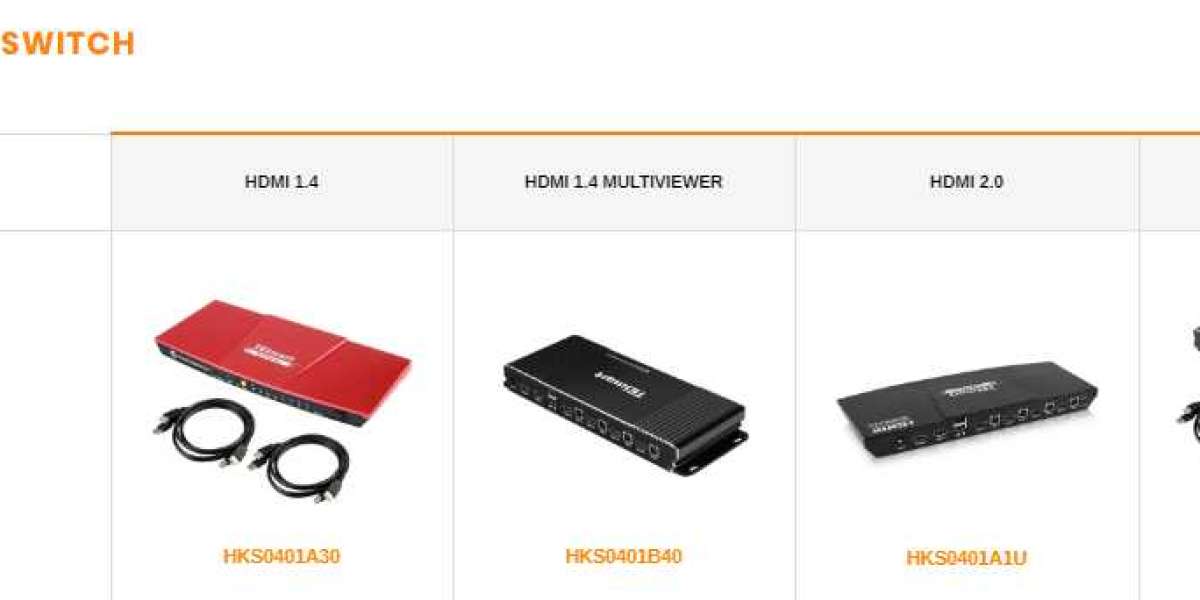In today’s industrial landscape, the demand for efficient, integrated, and highly contained processing equipment has never been higher, and one of the most indispensable tools in this arena is the agitated filter dryer. Used extensively in the pharmaceutical, fine chemical, and specialty chemical industries, this versatile piece of equipment allows manufacturers to perform multiple operations—filtration, washing, and drying—within a single, enclosed system. The result is a dramatic increase in process efficiency, reduced product handling, improved containment, and superior product purity. A typical agitated filter dryer is a pressure-rated vessel that contains an agitator, heating and cooling jackets, filtration components, and vacuum systems that enable effective drying even at low temperatures. These units are designed for batch operations and are particularly useful when processing toxic, flammable, or highly potent materials that require strict compliance with GMP, FDA, and other regulatory standards. The combination of closed-system operation and multipurpose functionality makes these dryers an essential asset in environments where both safety and product quality are non-negotiable. The agitator inside the vessel plays several critical roles, including breaking up filter cakes, enhancing the drying process through uniform heat transfer, and ensuring homogeneous mixing during the washing stage. These features significantly reduce drying time and improve the efficiency of solvent removal, helping to produce high-quality dry solids in a cost-effective and time-efficient manner. When it comes to materials of construction, an agitated filter dryer is typically fabricated from stainless steel, Hastelloy, or other corrosion-resistant alloys, depending on the chemical compatibility required. Advanced sealing technologies, such as double mechanical seals or gas-purged seals, are often incorporated to prevent contamination and maintain a sterile process environment. In applications involving hazardous or high-value materials, this level of containment is critical. Moreover, these systems can be fitted with a variety of features like CIP (clean-in-place), SIP (sterilize-in-place), nitrogen purging, solvent recovery, and real-time monitoring sensors to support strict process control and automation. Choosing the right agitated filter dryer involves careful evaluation of multiple factors including batch size, desired drying time, thermal sensitivity of the product, and operational safety requirements. Leading manufacturers work closely with clients to customize the design of their filter dryers to suit specific applications, ensuring optimal performance and longevity. In addition, digital interfaces and PLC control systems are now standard in many modern units, offering real-time data logging, parameter control, and remote diagnostics. These features contribute to increased efficiency and traceability, both of which are essential in regulated environments. With growing attention on environmental and occupational safety, the ability of the agitated filter dryer to minimize product exposure and prevent emission of volatile solvents is a key advantage. Unlike traditional systems that require manual product transfer between filtration and drying steps, the integrated nature of this equipment reduces contamination risks, lowers cleaning requirements, and streamlines the overall production process. In sectors where downtime can be extremely costly, the reliability and ease of maintenance of an agitated filter dryer also become important factors. High-quality units are designed for durability, minimal wear and tear, and easy access for maintenance and inspection. Furthermore, many suppliers now offer comprehensive after-sales support, including maintenance contracts, training programs, spare parts availability, and even system upgrades to keep up with evolving industry needs. Energy efficiency is another consideration that makes agitated filter dryers increasingly attractive. With energy costs rising, companies are looking for ways to cut down on operational expenditures without compromising product quality. These filter dryers, particularly when integrated with efficient heating and vacuum systems, allow for faster drying at lower temperatures, leading to significant energy savings. As industries evolve and the demand for cleaner, safer, and more efficient processing continues to grow, the agitated filter dryer stands out as a powerful and reliable solution that meets both current and future production challenges. In conclusion, the agitated filter dryer is not just a piece of equipment—it is a vital component in achieving streamlined, safe, and high-performance industrial operations. Whether you are processing delicate pharmaceutical ingredients, hazardous chemicals, or specialty compounds, this all-in-one system provides unmatched advantages in terms of safety, efficiency, and product quality. Investing in a state-of-the-art unit from a trusted manufacturer ensures that your operations remain competitive, compliant, and capable of meeting even the most stringent industry standards.
Search
Popular Posts






